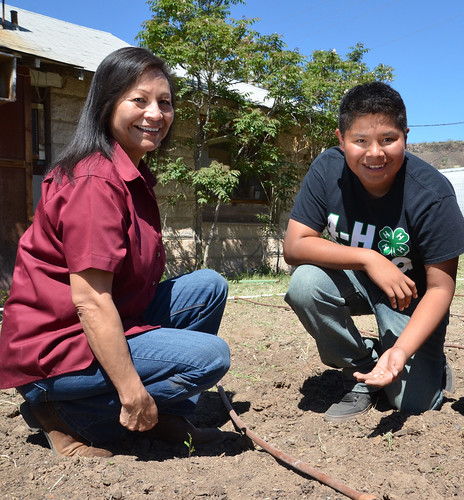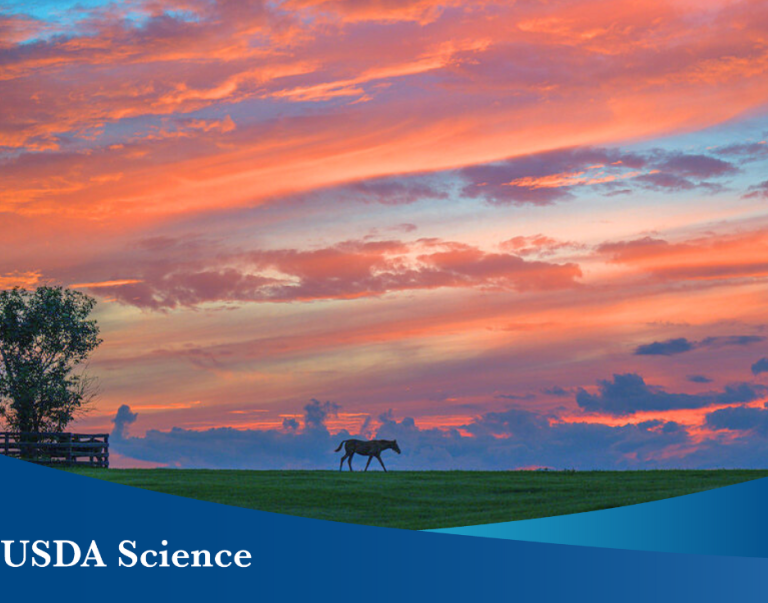
An Apache youth, Noah Titla, 13, has chosen to follow in the footsteps of generations of San Carlos Apaches by growing and harvesting his own food. His passion for reconnecting growing food with tribal traditions has been a catalyst for increasing awareness of the benefits and availability of fresh food on the San Carlos Apache Reservation in southeastern Arizona.
Through his hard work at the San Carlos 4-H Garden Club’s community garden, Noah is making a difference in a state included in the USDA’s StrikeForce Initiative for Rural Growth and Opportunity. The initiative addresses high-priority funding and technical assistance needs in rural communities in 16 states, including Arizona, with a special emphasis on historically underserved communities and producers in areas with persistent poverty, such as the San Carlos Apache Reservation.
“I didn’t know that such a small community could grow such a good amount of crops,” Noah says about his club’s community garden. Club members share the harvested food with their friends and families.
Besides all the hard work club members put into keeping it going, the community garden is thriving thanks in part to the Strikeforce Initiative and resulting partnerships between USDA’s Natural Resources Conservation Service, National Institute of Food and Agriculture and Rural Development, as well as University of Arizona Cooperative Extension and local community members.
Noah’s aunt, Millie Titla, NRCS district conservationist in San Carlos, teaches youth working in the garden about the importance of soil and water conservation practices. She also provides heirloom Apache squash, corn and watermelon seeds, which she grows behind the NRCS field office in San Carlos.
“Millie is my mentor. She really helped me out a lot with this and with my community fellow Apache members,” Noah says.
“Gardening has been a part of the Apache culture for thousands of years, and we’ve lost the traditional way of gardening throughout the century,” the elder Titla says. “I wanted to bring this back to the community so they could appreciate what gardens are about and what gardens can provide for their families.”



